Table of Contents |
When we take a graph and examine it over an interval of x-values, we can observe many things.
Here are a few questions we could ask:
There are three key properties of functions in terms of how they change: increasing, decreasing, and constant. Imagine you are traversing a graph from left to right.
To see how this works, consider the graph of  shown below.
shown below.

As we can see, the graph is falling until the point  then is flat until
then is flat until  then begins to rise.
then begins to rise.
More formally, we say that the graph of  is decreasing on the interval
is decreasing on the interval  constant on the interval
constant on the interval  and increasing on the interval
and increasing on the interval 
Notice that all these intervals are open. To understand why, consider  , for instance. There is no meaningful way to decide whether 2 should be included in the constant interval or the decreasing interval. Therefore, we leave all intervals open.
, for instance. There is no meaningful way to decide whether 2 should be included in the constant interval or the decreasing interval. Therefore, we leave all intervals open.
EXAMPLE
Use the graph below to determine the open intervals over which is increasing, decreasing, or constant.
is increasing, decreasing, or constant.
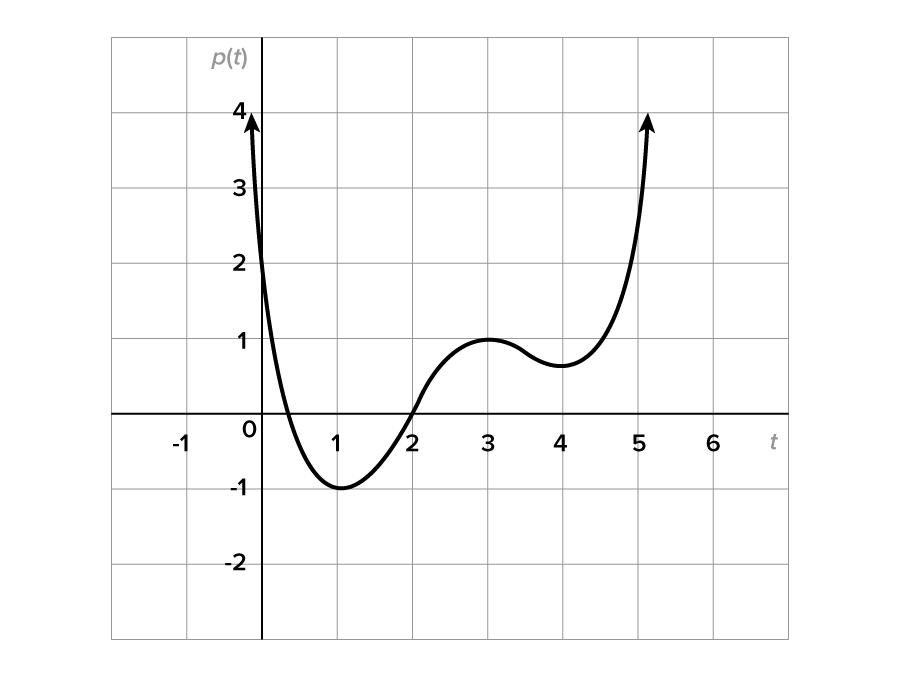
 is decreasing until the point
is decreasing until the point  then increasing until reaching the point
then increasing until reaching the point  then decreasing until reaching the point
then decreasing until reaching the point  then increasing indefinitely after that.
then increasing indefinitely after that.
 is decreasing on the intervals
is decreasing on the intervals  and increasing on the intervals
and increasing on the intervals  .
.
Now, one for you to try.
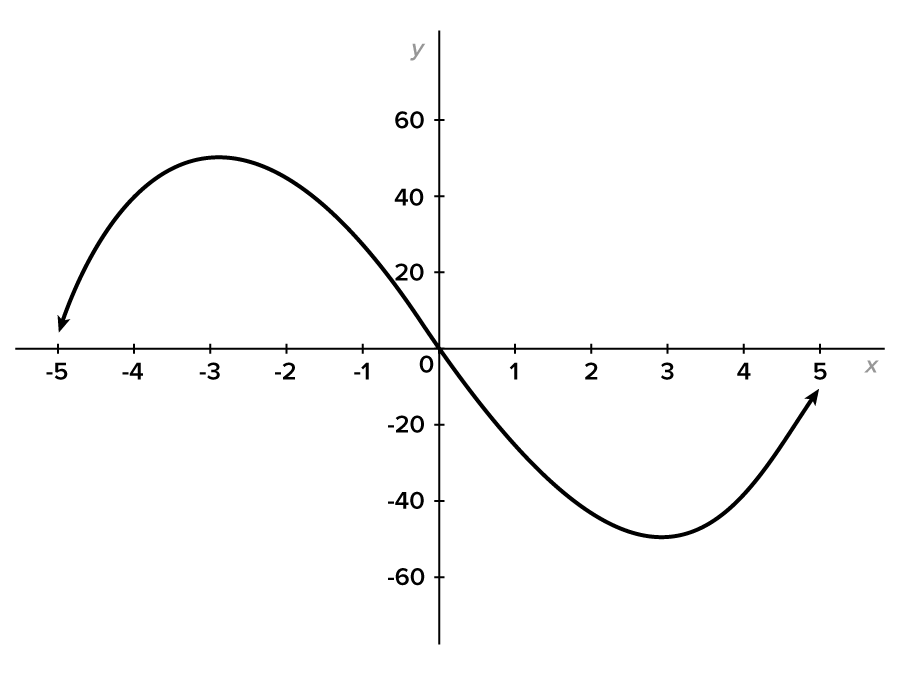
A function  has a local (or relative) maximum at
has a local (or relative) maximum at  if
if  for all x close to
for all x close to  In other words,
In other words,  is the largest value of a function
is the largest value of a function  for values around
for values around  A function
A function  has a local (or relative) minimum at
has a local (or relative) minimum at  if
if  for all x close to
for all x close to  In other words,
In other words,  is the smallest value of a function
is the smallest value of a function  for values around
for values around 
EXAMPLE
List all local minimum and maximum points on the following graph.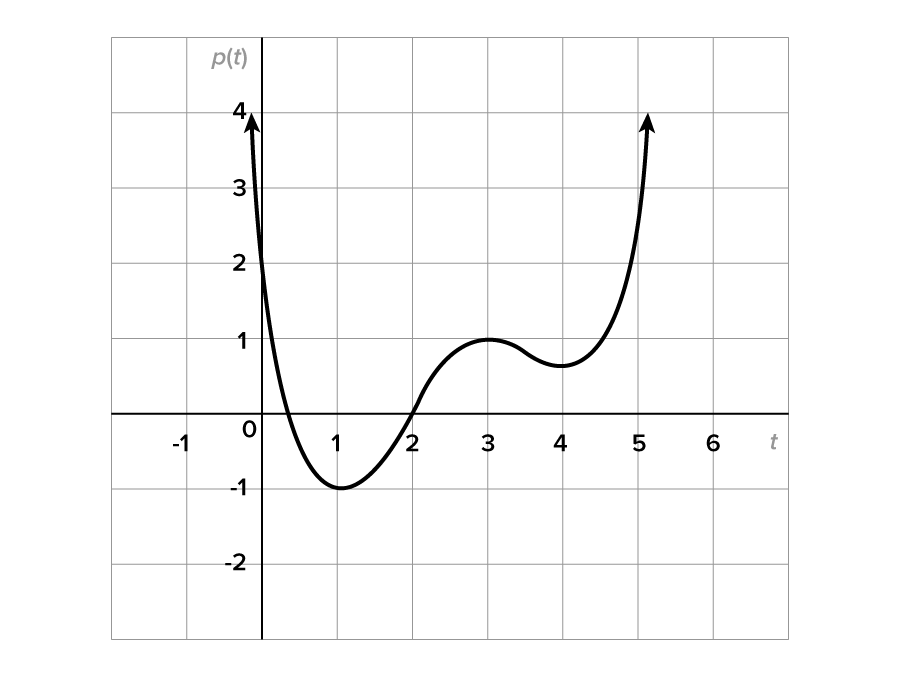
 is a local minimum point. This means that the local minimum value is -1 and occurs when
is a local minimum point. This means that the local minimum value is -1 and occurs when 
 is a local maximum point. This means that the local maximum value is 0.9 and occurs when
is a local maximum point. This means that the local maximum value is 0.9 and occurs when 
 is a local minimum point. This means that the local minimum value is 0.75 and occurs when
is a local minimum point. This means that the local minimum value is 0.75 and occurs when 
 shown below.
shown below.
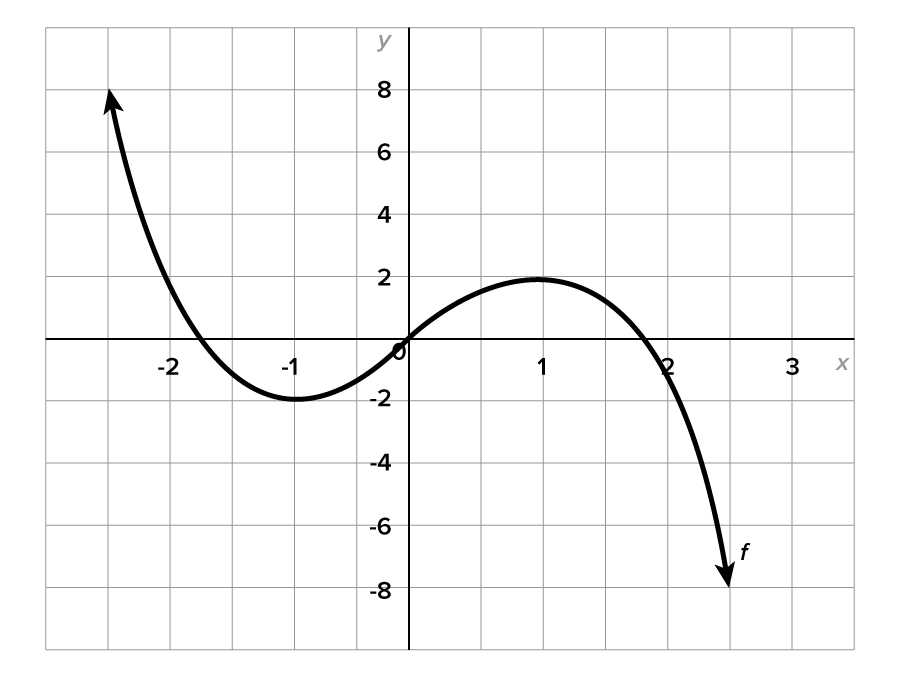
 has a local (or relative) maximum at
has a local (or relative) maximum at  if
if  for all x close to
for all x close to  In other words,
In other words,  is the largest value of a function
is the largest value of a function  for values around
for values around 
 has a local (or relative) minimum at
has a local (or relative) minimum at  if
if  for all x close to
for all x close to  In other words,
In other words,  is the smallest value of a function
is the smallest value of a function  for values around
for values around 
Absolute minima and maxima are the smallest and largest values of  on the entire domain.
on the entire domain.
A function  has a global (or absolute) maximum at
has a global (or absolute) maximum at  if
if  for all x in the domain. In other words,
for all x in the domain. In other words,  is the largest value of a function
is the largest value of a function  and occurs when
and occurs when  A function
A function  has a global (or absolute) minimum at
has a global (or absolute) minimum at  if
if  for all x in the domain. In other words,
for all x in the domain. In other words,  is the smallest value of a function
is the smallest value of a function  and occurs when
and occurs when 
EXAMPLE
Find all global maximum and minimum values of where its graph is shown below.
where its graph is shown below.
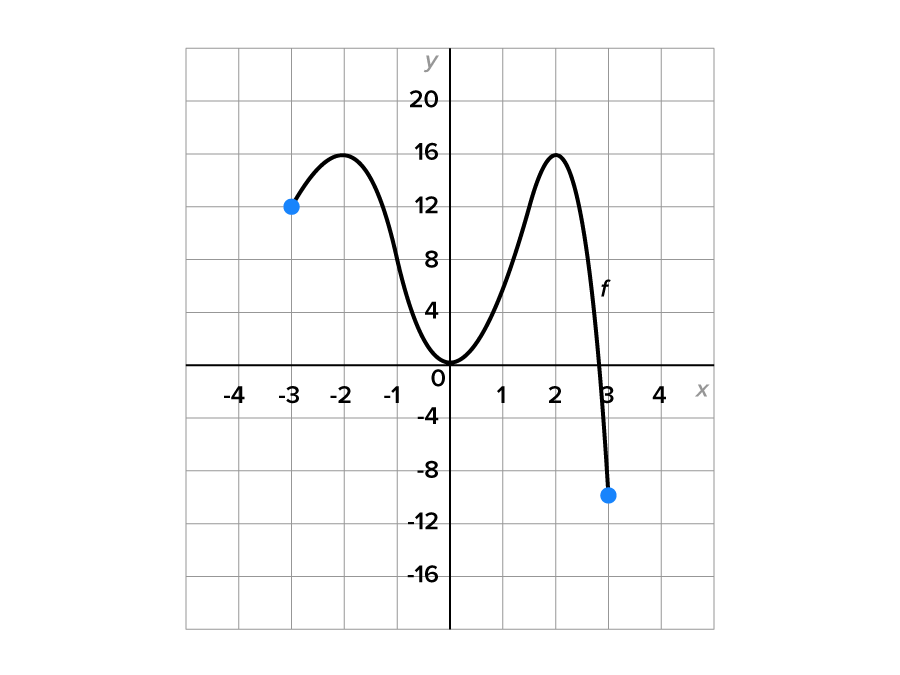
 and
and  Therefore,
Therefore,  has a global maximum value of 16, which occurs at
has a global maximum value of 16, which occurs at  and
and 
 therefore, the global minimum value is -10 and occurs when
therefore, the global minimum value is -10 and occurs when 
 shown below.
shown below.

 has a global (or absolute) maximum at
has a global (or absolute) maximum at  if
if  for all x in the domain. In other words,
for all x in the domain. In other words,  is the largest value of a function
is the largest value of a function  and occurs when
and occurs when 
 has a global (or absolute) minimum at
has a global (or absolute) minimum at  if
if  for all x in the domain. In other words,
for all x in the domain. In other words,  is the smallest value of a function
is the smallest value of a function  and occurs when
and occurs when 
 on the entire domain. When you get to calculus, you will learn how to find minimum and maximum values by using the function itself rather than relying on graphs.
on the entire domain. When you get to calculus, you will learn how to find minimum and maximum values by using the function itself rather than relying on graphs.
SOURCE: THIS TUTORIAL HAS BEEN ADAPTED FROM 1) CHAPTER 0 AND 3 OF "CONTEMPORARY CALCULUS" BY DALE HOFFMAN. ACCESS FOR FREE AT WWW.CONTEMPORARYCALCULUS.COM. LICENSE: CREATIVE COMMONS ATTRIBUTION 3.0 UNITED STATES. 2) OPENSTAX "PRECALCULUS” BY JAY ABRAMSON. ACCESS FOR FREE AT OPENSTAX.ORG/DETAILS/BOOKS/PRECALCULUS-2E. LICENSE: CREATIVE COMMONS ATTRIBUTION 4.0 INTERNATIONAL.